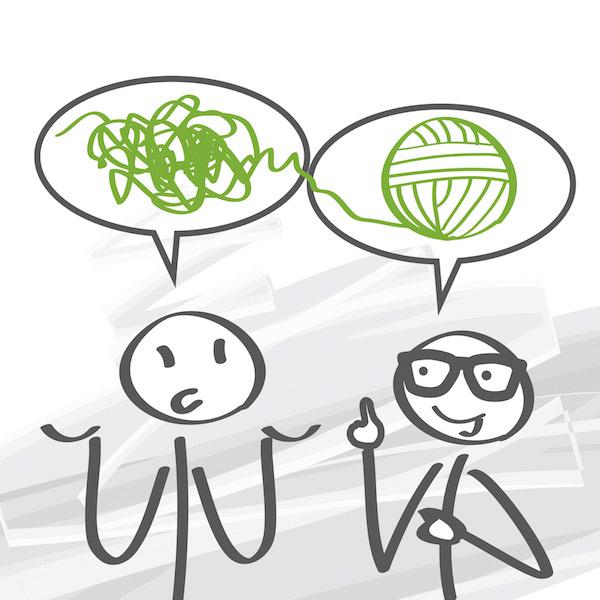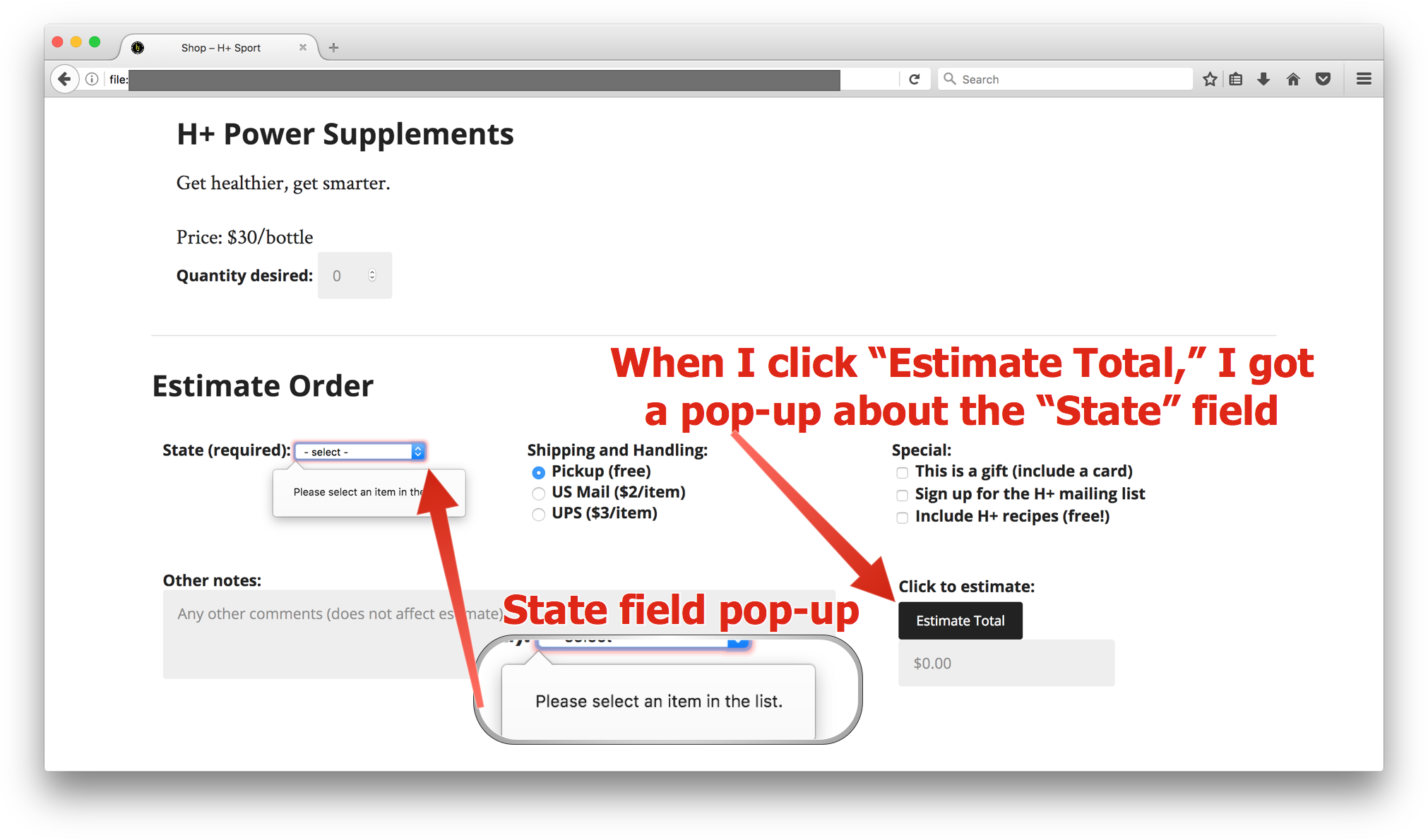Doers vs. Managers

I think it's about having your hand directly on the rudder, feeling the power of the ship at your command. I think of Steve Jobs talking about his phone freaking excursion and how he was able to wrest control of billions of dollars of global technology through his and Steve Wozniak's ingenuity. Is that only a young man's pleasure? Don't we all wish to directly touch the world we want to help create?
Maybe that's one reason why my Mom makes so much. She, too, needs to reach her hand into the primordial goo of the world, whether it be clay or paint, and emerge with something of beauty, all the while getting her hands very dirty.
There's also having the same impact from a remove by directing people. Those skills are also valuable, but they also feel very localized. The truth is that I want to have my lines cast out into ponds more diverse and far bigger than my current company, but I feel the best way to get there is by honing my skills as a creator. In a way, even though we are salaried, our time seems that much more constrained. We are paid for the time with our peers, employees or bosses, in meetings, on calls or on email. Creators can make something that moves beyond them, that extends their reach, that reverberates past the act of creation.
As a counterpoint, so can managers. But in the case of managers, it is their direct reports who magnify their influence. They multiply the force of the manager by extending the manager’s reach, making the manager more productive even when at rest. It’s like a flywheel that the manager sets in motion.


